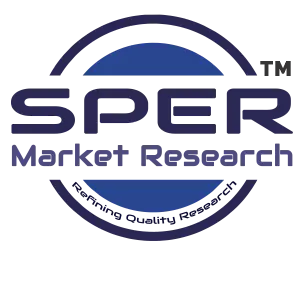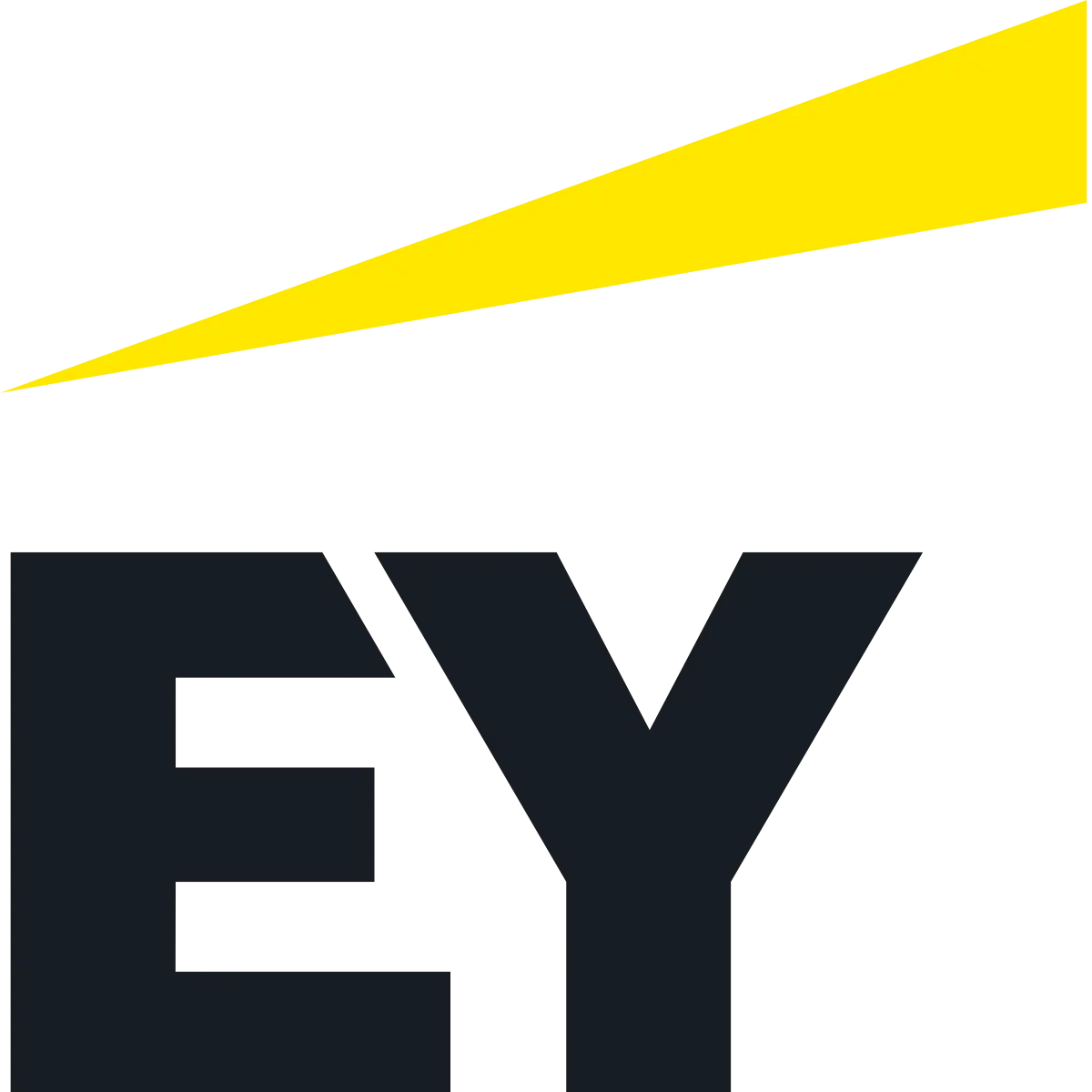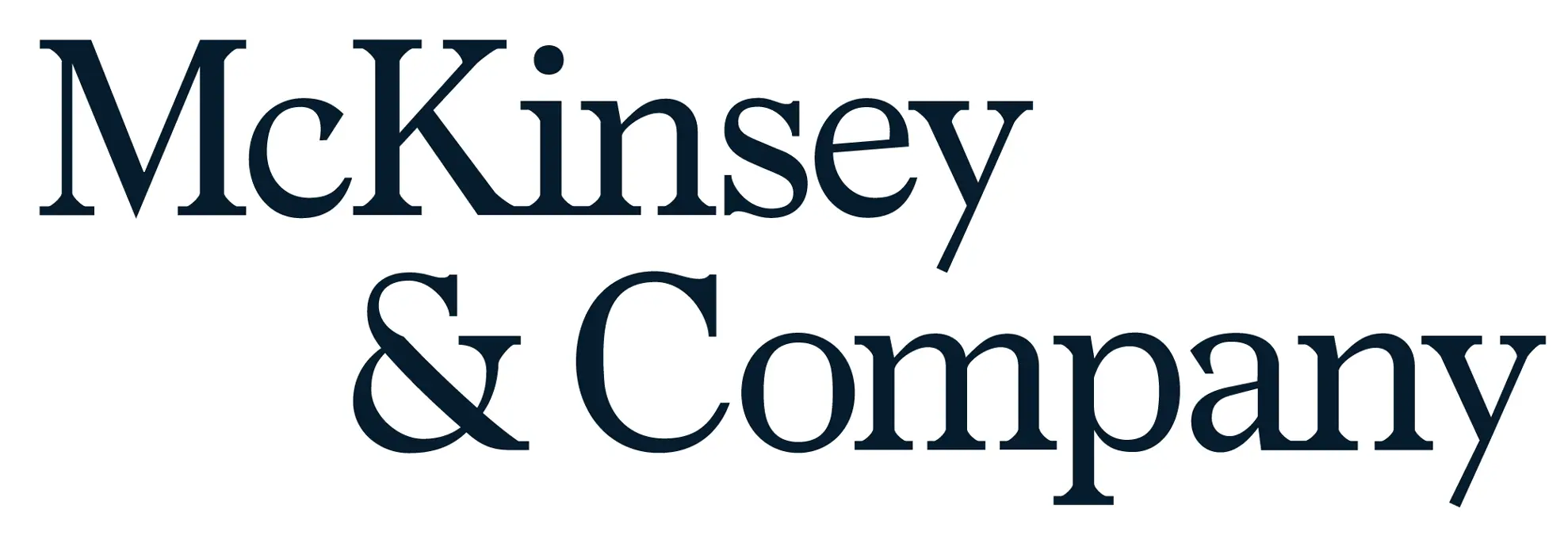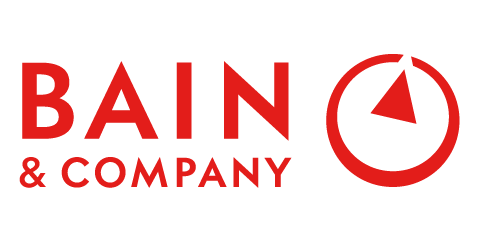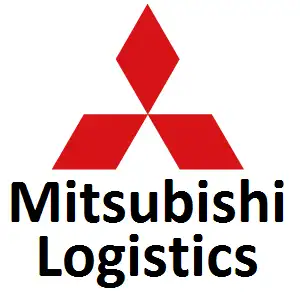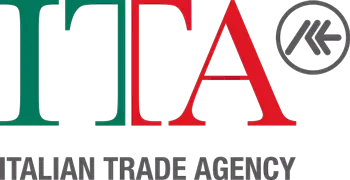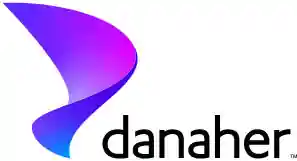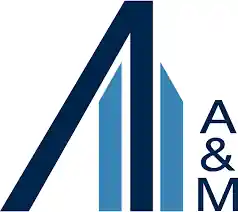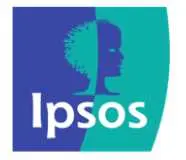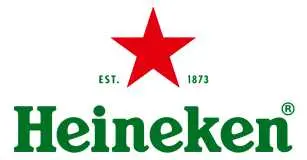
U.S Pharmaceutical Market Size, Growth and Companies 2034
U.S Pharmaceutical Market Growth, Size, Trends Analysis - By Molecule, By Product, By Type, By Route of Administration, By Disease, By Age Group, By Distribution Channel- Regional Outlook, Competitive Strategies and Segment Forecast to 2034
| Published: Jul-2025 | Report ID: PHAR2515 | Pages: 1 - 231 | Formats*: |
| Category : Pharmaceutical | |||
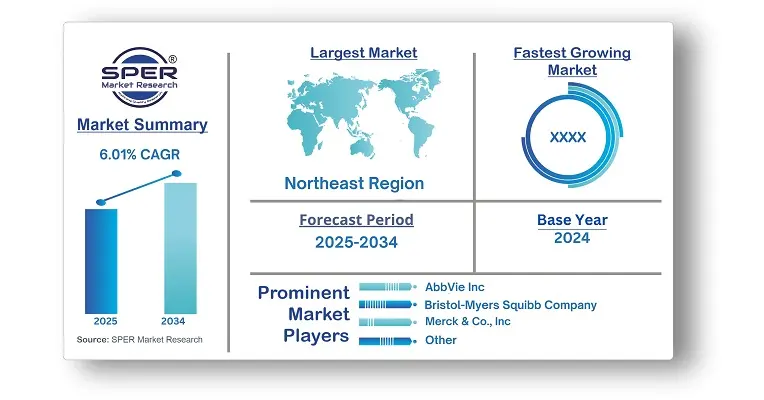

- In November 2024: Novartis’ acquisition of Kate Therapeutics for USD 1.1 billion marks a strategic move to strengthen its pipeline of next-generation therapies. This acquisition highlights Novartis’ growing emphasis on advanced treatment modalities, particularly in areas such as gene and cell therapy, aiming to accelerate innovation and address complex medical conditions with more targeted and effective solutions.
- In May 2024: AbbVie and Gilgamesh Pharmaceuticals have entered into a collaboration and option-to-license agreement aimed at developing next-generation therapies for psychiatric disorders. This strategic alliance leverages AbbVie's deep expertise in neuroscience and its global development infrastructure, alongside Gilgamesh’s novel approaches to tackling complex psychiatric conditions. The partnership is focused on creating innovative treatment options that address critical gaps in mental health care, with the goal of improving outcomes and advancing the science of psychiatric disorder management.
- In January 2024: Sandoz announced the acquisition of Coherus Biosciences’ U.S. biosimilar product, Cimerli, through an agreement valued at USD 115 million upfront, with additional milestone payments. This strategic move enhances Sandoz’s presence in the ophthalmology space, strengthening its biosimilar portfolio and reinforcing its commitment to expanding access to high-quality, affordable biologic treatments in the U.S. market.
| Report Metric | Details |
| Market size available for years | 2021-2034 |
| Base year considered | 2024 |
| Forecast period | 2025-2034 |
| Segments covered | By Molecule, By Product, By Type, By Route of Administration, By Disease, By Age Group, By Distribution Channel |
| Regions covered | Northeast, Midwest, West, South |
| Companies Covered | AbbVie Inc, Bristol-Myers Squibb Company, F. Hoffmann-La Roche Ltd, GSK plc, Johnson & Johnson Services, Inc, Merck & Co., Inc, Novartis AG, Pfizer Inc, Sanofi, Takeda Pharmaceutical Company Limited. |
- U.S Pharmaceutical Market Size (FY’2021-FY’2034)
- Overview of U.S Pharmaceutical Market
- Segmentation of U.S Pharmaceutical Market, By Molecule {Biologics & Biosimilars (Large Molecules), Conventional Drugs (Small Molecules)}
- Segmentation of U.S Pharmaceutical Market, By Product (Branded, Generic)
- Segmentation of U.S Pharmaceutical Market, By Type (Prescription, OTC)
- Segmentation of U.S Pharmaceutical Market, By Route of Administration (Oral, Topical, Parenteral, Inhalation, Others)
- Segmentation of U.S Pharmaceutical Market, By Disease (Cancer, Diabetes, Obesity, Renal Diseases, Liver Condition, Others)
- Segmentation of U.S Pharmaceutical Market, By Age Group (Children & Adolescents. Adults, Geriatric)
- Segmentation of U.S Pharmaceutical Market, By Distribution Channel (Hospital Pharmacy, Retail Pharmacy, Others)
- Statistical Snap of U.S Pharmaceutical Market
- Expansion Analysis of U.S Pharmaceutical Market
- Problems and Obstacles in U.S Pharmaceutical Market
- Competitive Landscape in the U.S Pharmaceutical Market
- Details on Current Investment in U.S Pharmaceutical Market
- Competitive Analysis of U.S Pharmaceutical Market
- Prominent Players in the U.S Pharmaceutical Market
- SWOT Analysis of U.S Pharmaceutical Market
- U.S Pharmaceutical Market Future Outlook and Projections (FY’2025-FY’2034)
- Recommendations from Analyst
- 1.1. Scope of the report
- 1.2. Market segment analysis
- 2.1. Research data source
- 2.1.1. Secondary Data
- 2.1.2. Primary Data
- 2.1.3. SPERs internal database
- 2.1.4. Premium insight from KOLs
- 2.2. Market size estimation
- 2.2.1. Top-down and Bottom-up approach
- 2.3. Data triangulation
- 4.1. Driver, Restraint, Opportunity and Challenges analysis
- 4.1.1. Drivers
- 4.1.2. Restraints
- 4.1.3. Opportunities
- 4.1.4. Challenges
- 5.1. SWOT Analysis
- 5.1.1. Strengths
- 5.1.2. Weaknesses
- 5.1.3. Opportunities
- 5.1.4. Threats
- 5.2. PESTEL Analysis
- 5.2.1. Political Landscape
- 5.2.2. Economic Landscape
- 5.2.3. Social Landscape
- 5.2.4. Technological Landscape
- 5.2.5. Environmental Landscape
- 5.2.6. Legal Landscape
- 5.3. PORTERs Five Forces
- 5.3.1. Bargaining power of suppliers
- 5.3.2. Bargaining power of buyers
- 5.3.3. Threat of Substitute
- 5.3.4. Threat of new entrant
- 5.3.5. Competitive rivalry
- 5.4. Heat Map Analysis
- 6.1. U.S Pharmaceutical Market Manufacturing Base Distribution, Sales Area, Product Type
- 6.2. Mergers & Acquisitions, Partnerships, Product Launch, and Collaboration in U.S Pharmaceutical Market
- 7.1. Biologics & Biosimilars (Large Molecules)
- 7.1.1. Monoclonal Antibodies
- 7.1.2. Vaccines
- 7.1.3. Cell & Gene Therapy
- 7.1.4. Others
- 7.2. Conventional Drugs (Small Molecules)
- 8.1. Branded
- 8.2. Generic
- 9.1. Prescription
- 9.2. OTC
- 10.1. Oral
- 10.1.1. Tablet Capsule
- 10.1.2. Suspensions
- 10.1.3. Other
- 10.2. Topical
- 10.3. Parenteral
- 10.3.1. Intravenous
- 10.3.2. Intramuscular
- 10.4. Inhalations
- 10.5. Others
- 11.1. Cancer
- 11.2. Diabetes
- 11.3. Obesity
- 11.4. Renal Diseases
- 11.5. Liver Conditions
- 11.6. Others
- 12.1. Children & Adolescents
- 12.2. Adults
- 12.3. Geriatric
- 13.1. Hospital Pharmacy
- 13.2. Retail Pharmacy
- 13.3. Others
- 14.1. U.S Pharmaceutical Market Size and Market Share
- 15.1. Northeast
- 15.2. Midwest
- 15.3. West
- 15.4. South
- 16.1. AbbVie Inc
- 16.1.1. Company details
- 16.1.2. Financial outlook
- 16.1.3. Product summary
- 16.1.4. Recent developments
- 16.2. Bristol-Myers Squibb Company
- 16.2.1. Company details
- 16.2.2. Financial outlook
- 16.2.3. Product summary
- 16.2.4. Recent developments
- 16.3. F. Hoffmann-La Roche Ltd
- 16.3.1. Company details
- 16.3.2. Financial outlook
- 16.3.3. Product summary
- 16.3.4. Recent developments
- 16.4. GSK plc
- 16.4.1. Company details
- 16.4.2. Financial outlook
- 16.4.3. Product summary
- 16.4.4. Recent developments
- 16.5. Johnson & Johnson Services, Inc
- 16.5.1. Company details
- 16.5.2. Financial outlook
- 16.5.3. Product summary
- 16.5.4. Recent developments
- 16.6. Merck & Co., Inc
- 16.6.1. Company details
- 16.6.2. Financial outlook
- 16.6.3. Product summary
- 16.6.4. Recent developments
- 16.7. Novartis AG
- 16.7.1. Company details
- 16.7.2. Financial outlook
- 16.7.3. Product summary
- 16.7.4. Recent developments
- 16.8. Pfizer Inc
- 16.8.1. Company details
- 16.8.2. Financial outlook
- 16.8.3. Product summary
- 16.8.4. Recent developments
- 16.9. Sanofi
- 16.9.1. Company details
- 16.9.2. Financial outlook
- 16.9.3. Product summary
- 16.9.4. Recent developments
- 16.10. Takeda Pharmaceutical Company Limited
- 16.10.1. Company details
- 16.10.2. Financial outlook
- 16.10.3. Product summary
- 16.10.4. Recent developments
- 16.11. Others
SPER Market Research’s methodology uses great emphasis on primary research to ensure that the market intelligence insights are up to date, reliable and accurate. Primary interviews are done with players involved in each phase of a supply chain to analyze the market forecasting. The secondary research method is used to help you fully understand how the future markets and the spending patterns look likes.
The report is based on in-depth qualitative and quantitative analysis of the Product Market. The quantitative analysis involves the application of various projection and sampling techniques. The qualitative analysis involves primary interviews, surveys, and vendor briefings. The data gathered as a result of these processes are validated through experts opinion. Our research methodology entails an ideal mixture of primary and secondary initiatives.
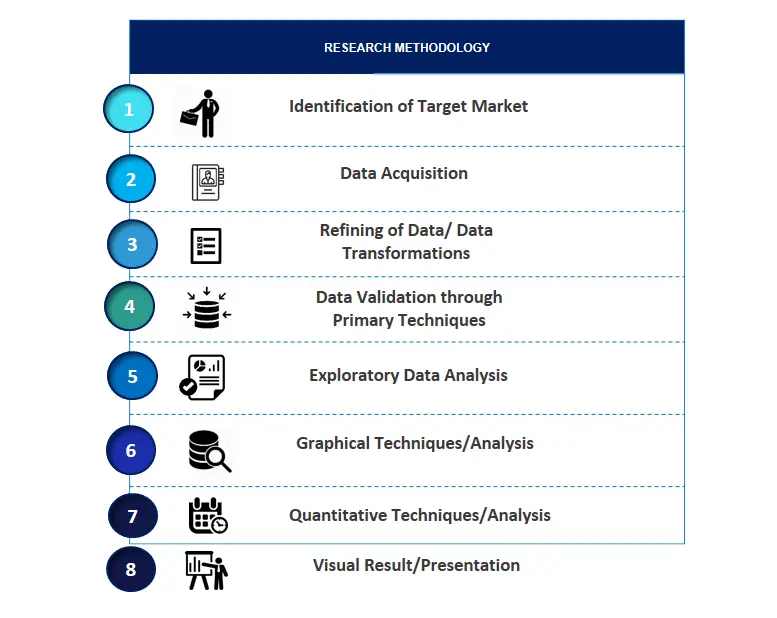
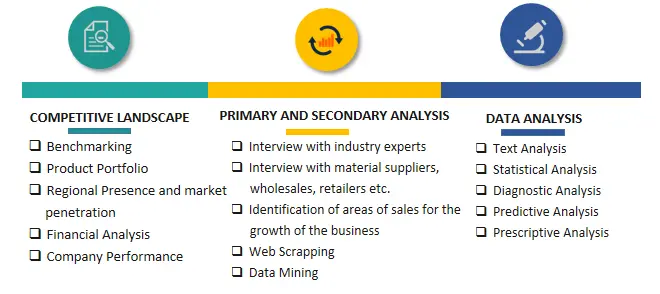

Frequently Asked Questions About This Report
PLACE AN ORDER
Year End Discount
Sample Report
Pre-Purchase Inquiry
NEED CUSTOMIZATION?
Request CustomizationCALL OR EMAIL US
100% Secure Payment
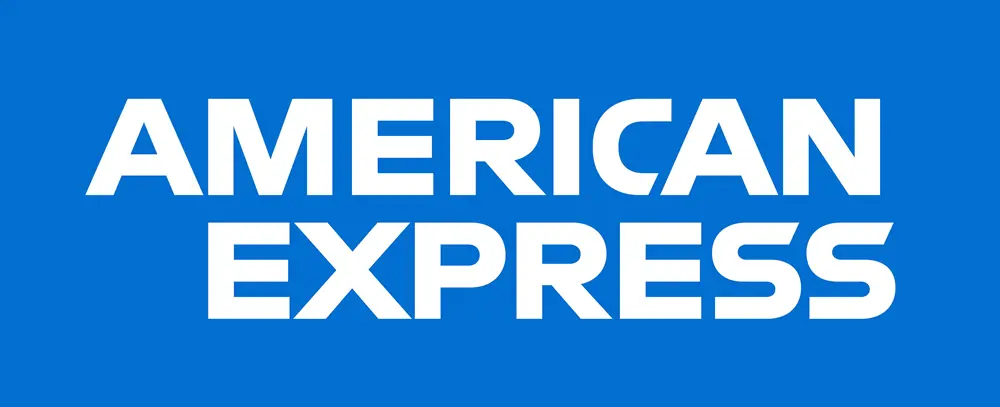
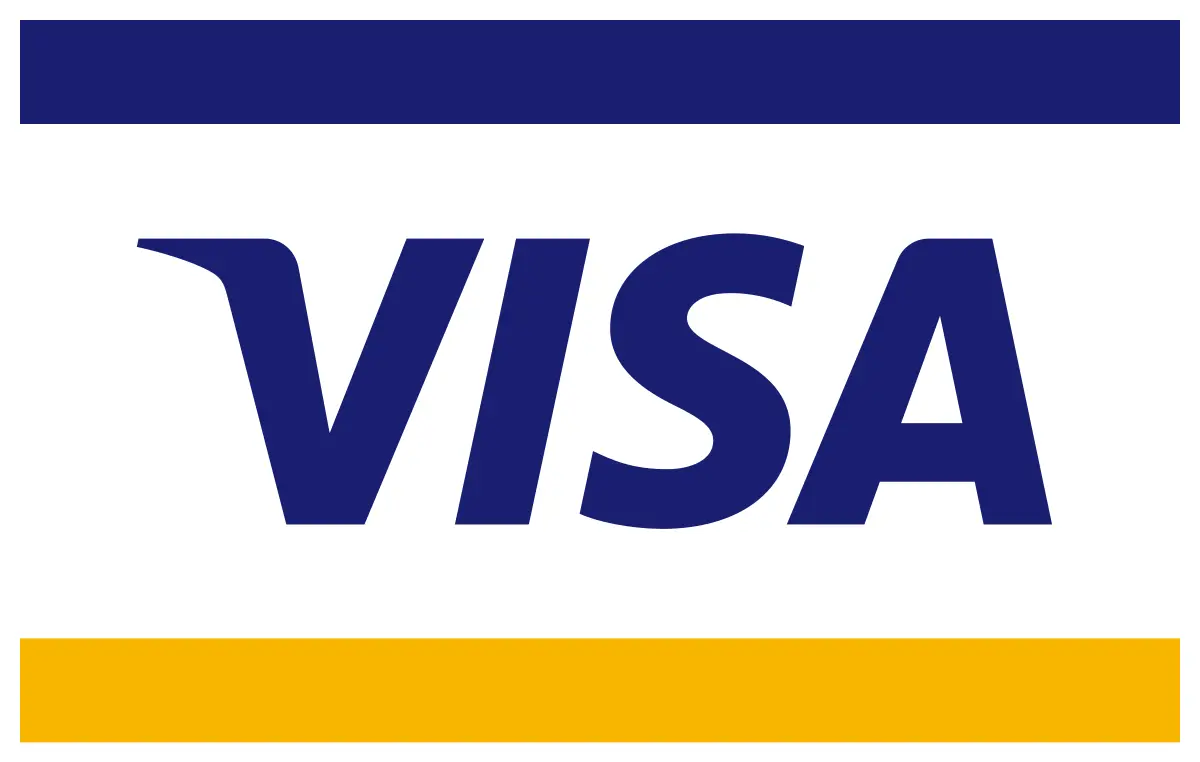




Related Reports
Our Global Clients
Our data-driven insights have influenced the strategy of 200+ reputed companies across the globe.

